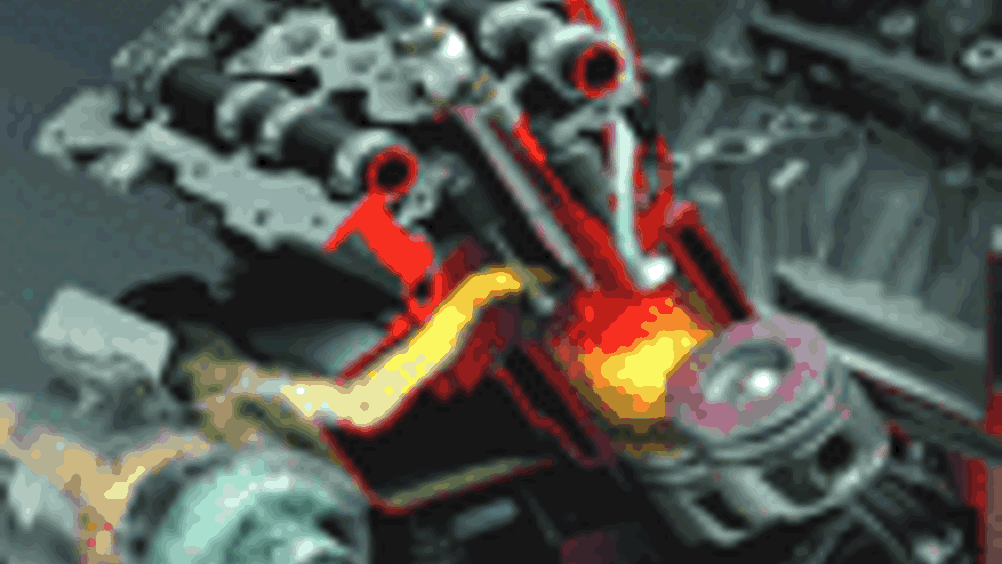Bouncing back
European thermoplastic elastomers companies are growing steadily in many of their key markets, and this growth is currently highest in the regulated products sector.

European thermoplastic elastomers (TPEs) companies are growing steadily in many of their key markets, and this growth is currently highest in the regulated products sector. The market has perceptibly modified its distribution and consumer purchasing patterns due to several structural changes during 2001-2004.
Some of these structural changes include US companies entering into alliances with European suppliers, Asian organisations continuing to make inroads into the European market and European suppliers entrenching themselves in Asia. For instance, ExxonMobil Chemical is building strategic alliances to promote Santoprene in China, India and Southeast Asia and Noveon has begun building a new plant to meet local demand for its thermoplastic polyurethane (TPUs) near Shanghai.
These trends have created a more global TPE market as well as multi-region business structures in leading companies. There is a shift to more regional sourcing from global suppliers and a greater role for direct sales at the expense of independent distributors.
Register now to continue reading
Thanks for visiting The Engineer. You’ve now reached your monthly limit of premium content. Register for free to unlock unlimited access to all of our premium content, as well as the latest technology news, industry opinion and special reports.
Benefits of registering
-
In-depth insights and coverage of key emerging trends
-
Unrestricted access to special reports throughout the year
-
Daily technology news delivered straight to your inbox










Water Sector Talent Exodus Could Cripple The Sector
Maybe if things are essential for the running of a country and we want to pay a fair price we should be running these utilities on a not for profit...